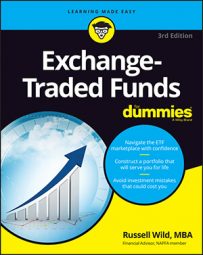Low correlation among ETFs is important because it creates a portfolio containing two asset classes that go up and down at different times. Heck, it would seem that funds that short the stock and bond markets would be ideal additions to a portfolio. Talk about diversification!
Ah, but there are hitches. For example, when you diversify, you want to find various asset classes that move out of synch but that are all expected to move upward over time, making money for you. Funds that short the stock and bond markets fail to meet the long-term test.
Sure, sometimes stocks decline. But over the long run (granted, the very long run), they rise. If they didn’t, who would invest in the stock market? So over the long run, you would expect the short funds to lose money.
Just about the only way to make money with these funds is to time the market just right: to jump in just as the market is about to dive and then pull out before the market goes up. Good luck! Market timing is a risky game.
Here’s another hitch: These short ETFs are designed to move against the market on a daily basis. That means if the market goes down 5 percent on Wednesday, your fund should go up 5 percent (or, if your fund is leveraged, 10 percent or 15 percent) on Wednesday.
But the mathematics of this is very tricky. This tricky math means that if you invest in these funds for more than a very brief spell, you are destined to lose money, regardless of which way the market moves!

